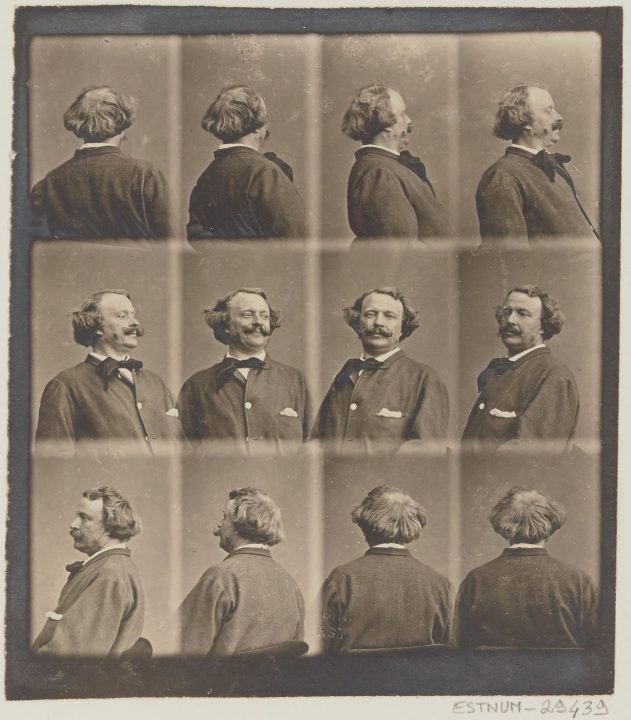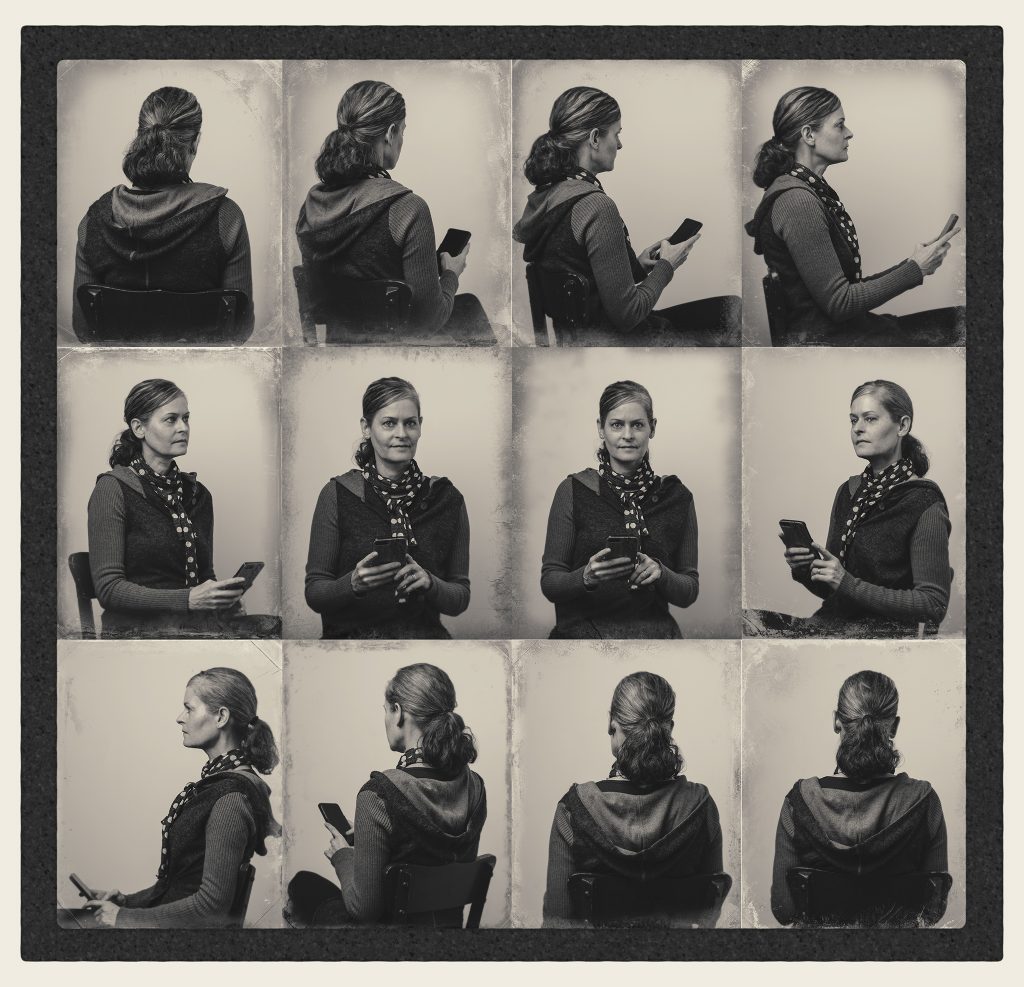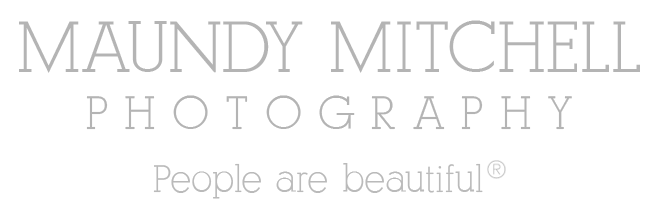Revolving Self Portrait
If you’ve followed my work, you know that I love to research other artists and their work, as well as artistic practices from history to see how they relate to the present.
Recently, I became interested in the wet plate collodion process, a method of photography used briefly in the 1850s. As I began to learn more about it, my research led me to the name Gaspard-Félix Tournachon, who was known by the pseudonym Nadar.

Nadar was a French photographer, caricaturist, journalist, novelist, balloonist. In 1858 he became the first person to take aerial photographs. He did this using the wet plate collodion process, which was quite dangerous, especially in a hot air balloon!
Since the plates for the wet plate process had to be prepared and developed within about 15 minutes, he had to use potentially unstable chemicals while the basket was aloft. At first, Nadar experienced imaging problems as gas escaped from his balloons. He then invented a gas-proof cotton cover to drape over his balloon baskets, and was able to capture stable images.
Nadar also pioneered the use of artificial lighting in photography, working in the catacombs of Paris. He was the first person to photograph above ground with his balloons, as well as the first to photograph below ground, in the Catacombs.
Nadar photographed politicians, stage actors, writers, painters, and musicians. He preferred to use natural daylight and did not like to include props and accessories in his portraits.
In 1874, Nadar opened his photo studio to a group of painters to present the first exhibition of the Impressionists.
In 1895, Nadar turned over the Paris Nadar Studio to his son Paul. Nadar died in 1910, at the age of 89. His son continued the studio until his death in 1939.
For fun, I attempted my own version of Nadar’s “Revolving Self Portrait” in my studio.

While Nadar probably used a wired shutter release to capture his self-portraits, my method was to use the Canon Connect app for iPhone. I connected this to the Canon 5D Mark IV and one Profoto B1. The B1 was modified with a Profoto 3’ Deep Octa, camera left, which I balanced with a base layer of ambient light from a window behind the camera. I also used a black v-flat, camera right.
For post-processing I used Photoshop, along with Exposure software to simulate the look of wet plate prints.
You can see the rest of this project here: https://maundymitchell.com/then-now-current/
